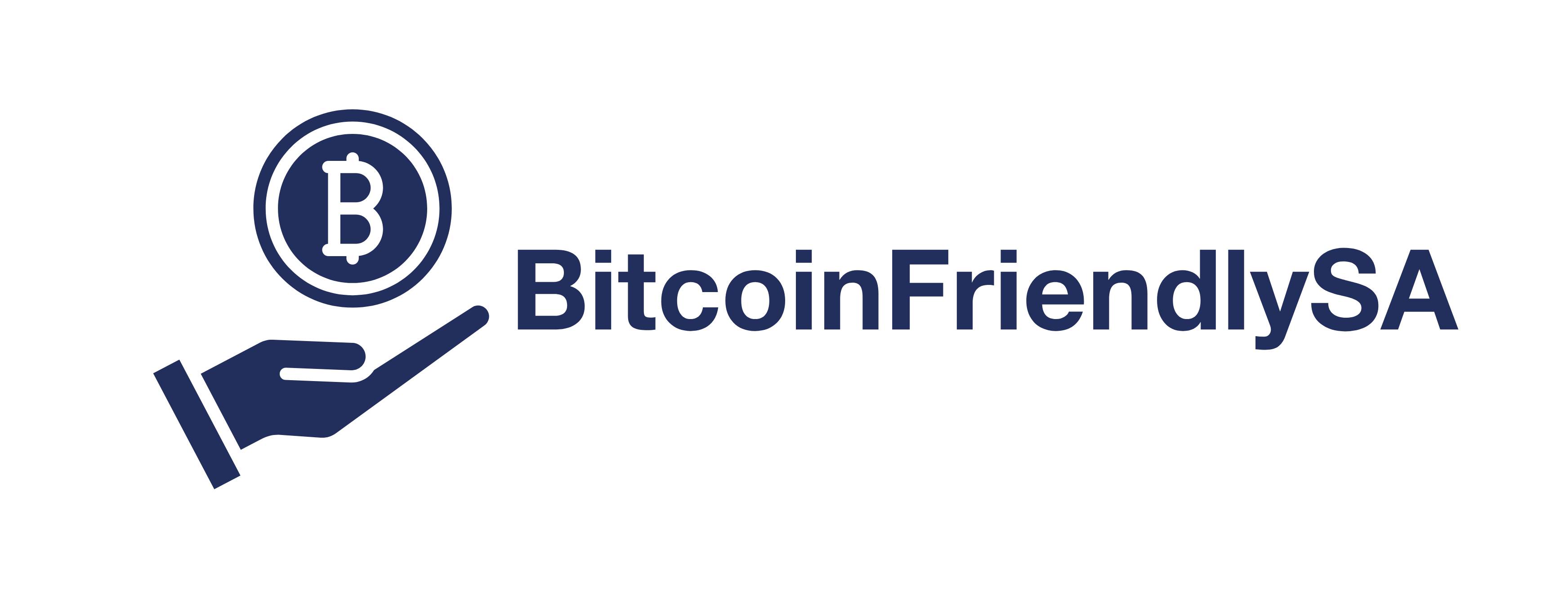
How to get Bitcoin on the Lightning Network with CapeCrypto
Learn how to move Bitcoin onto the Lightning Network using CapeCrypto in this simple, step-by-step South African guide.
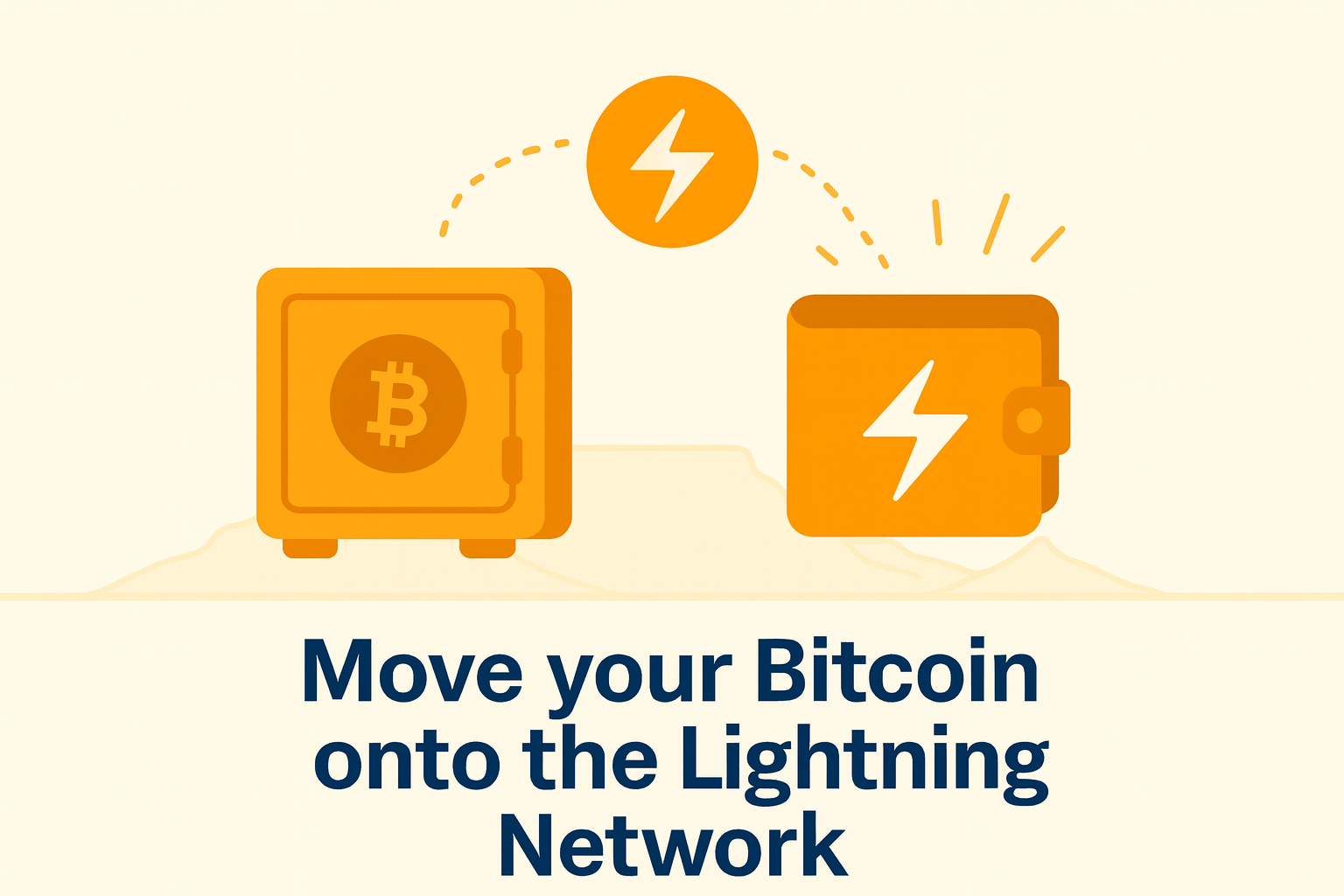
If you’d rather skip my detour below into fees and Lightning background, feel free to jump straight to the section on using CapeCrypto below.
I decided to write this post after asking around about how to get Bitcoin onto the Lightning Network. Technically, you can fund a Lightning wallet, like Blink or Wallet of Satoshi, with regular on-chain Bitcoin. When you do, your Lightning wallet automatically channels it into the Lightning Network for you, so it becomes spendable via Lightning (As I understand it, some wallets might not do this automatically, requiring manual setup).
The problem is that while this works in theory, in practice it’s not straightforward, especially for smaller amounts. Fees can quickly add up. Blink, for example, charges a fee of 5,000 sats for payments below 1,000,000 sats, which is R95 for a payment of any size below R19,000 (rand values are based on the current Bitcoin price of 1.9 million at the time of writing).
Wallet of Satoshi, on the other hand, charges a flat network fee of 1.95%, which works out to R97.50 on a R5,000 deposit. (By the way, if anyone knows of a cheaper way to move small amounts of on-chain Bitcoin to a Lightning wallet, I’m all ears - maybe I just need to change my wallet? 🤷.)
These fees aren’t ideal if you’re just trying to regularly move small amounts of Bitcoin to your Lighnting wallet to use in-store. To make matters trickier, major South African exchanges like Luno and VALR don’t yet support Lightning deposits and withdrawals with the exception of Binance as my readers have pointed out since publishing this post. This means you often have to fund your Lightning wallet on-chain and eat those costs.
So I started looking for a more straightforward, cheaper way to get Bitcoin onto the Lightning Network. You can, of course, get paid in Bitcoin or find someone to trade with peer-to-peer, but getting paid relies on completing a service first, and buying peer-to-peer means finding a willing seller, both of which take time—not exactly ideal if you need a small amount of Lightning liquidity now.
The other issue, of course, is that if you’re totally new to the space, you probably don’t have much understanding of how to accept Bitcoin, and buying peer-to-peer can be tricky. It usually requires a level of trust within the community — something you simply haven’t built yet.
In my search, CapeCrypto (a Bitcoin Lightning exchange based in Cape Town) kept popping up, so I decided to test it myself. The process was a bit fiddly at first, and with no user documentation online (from what I could find), it took some figuring out. But I managed to get it working and decided to distil everything into a few clear, actionable steps for anyone else trying to do the same—hence this post.
I’ve also included a short primer on Bitcoin vs. Bitcoin Lightning and what it actually means to move Bitcoin onto the Lightning Network. If you’re already familiar with Lightning and how it works, feel free to skip ahead to the section on using CapeCrypto.
Bitcoin vs. Bitcoin Lightning
First, it’s important to note that Bitcoin Lightning isn’t a new kind of Bitcoin but rather a second-layer payment network built on top of Bitcoin. It enables small everyday purchases, like buying bread, with near-instant settlement and minimal fees.
Without Lightning, Bitcoin would be too slow and expensive for regular payments since transactions can take several minutes and carry higher fees.
When we talk about sending Bitcoin via Lightning, we’re simply referring to moving your existing Bitcoin onto the Lightning Network, where it becomes spendable through your Lightning wallet, allowing you to pay instantly at stores in South Africa that accept Bitcoin.
How to think about moving Bitcoin onto the Lightning Network
You can think of it like this:
Your regular Bitcoin is like cash locked securely in a safe at home. That’s perfect for long-term storage, but not practical for small, everyday purchases.
The Lightning Network is like a system of interconnected purses used by many people at a local market. Transactions between people with purses are instant and cost almost nothing.
Your Lightning wallet is your own individual purse that lets you spend Bitcoin in-store.
To use the market's fast system, you need to move some cash out of your safe and into your purse. You can do this in a few ways, either visit a money changer at the market who handles it for you, or take a bit out of your safe and fill your purse yourself. Once the money is in your purse, you can use it instantly and freely with anyone else at the market.
In a nutshell, moving your Bitcoin onto the Lightning Network is like moving cash from your safe (the Bitcoin blockchain) to your purse (your Lightning wallet). You still have the same money, but you've just moved it somewhere where you can spend it instantly and almost for free.
Note: Technically, your Bitcoin never leaves the Bitcoin network. It’s locked into a special payment channel that lets you transact instantly off-chain and settle back to the main blockchain whenever you want.
With that out of the way, let’s take a look at how you can move Bitcoin onto the Lightning Network using CapeCrypto.
How to withdraw Bitcoin over Lightning on CapeCrypto
The process is simple; you just need to follow a few easy steps detailed below. It may seem complicated at first, but once you have this locked down, it becomes super easy.
Step 1: Create a CapeCrypto account
Sign up for CapeCrypto to complete a quick KYC (identity verification) process. Your account should be verified within 24 hours. I did mine on a Friday lunchtime, and it was approved by Monday around the same time, so the 24-hour period seems to apply to weekdays.
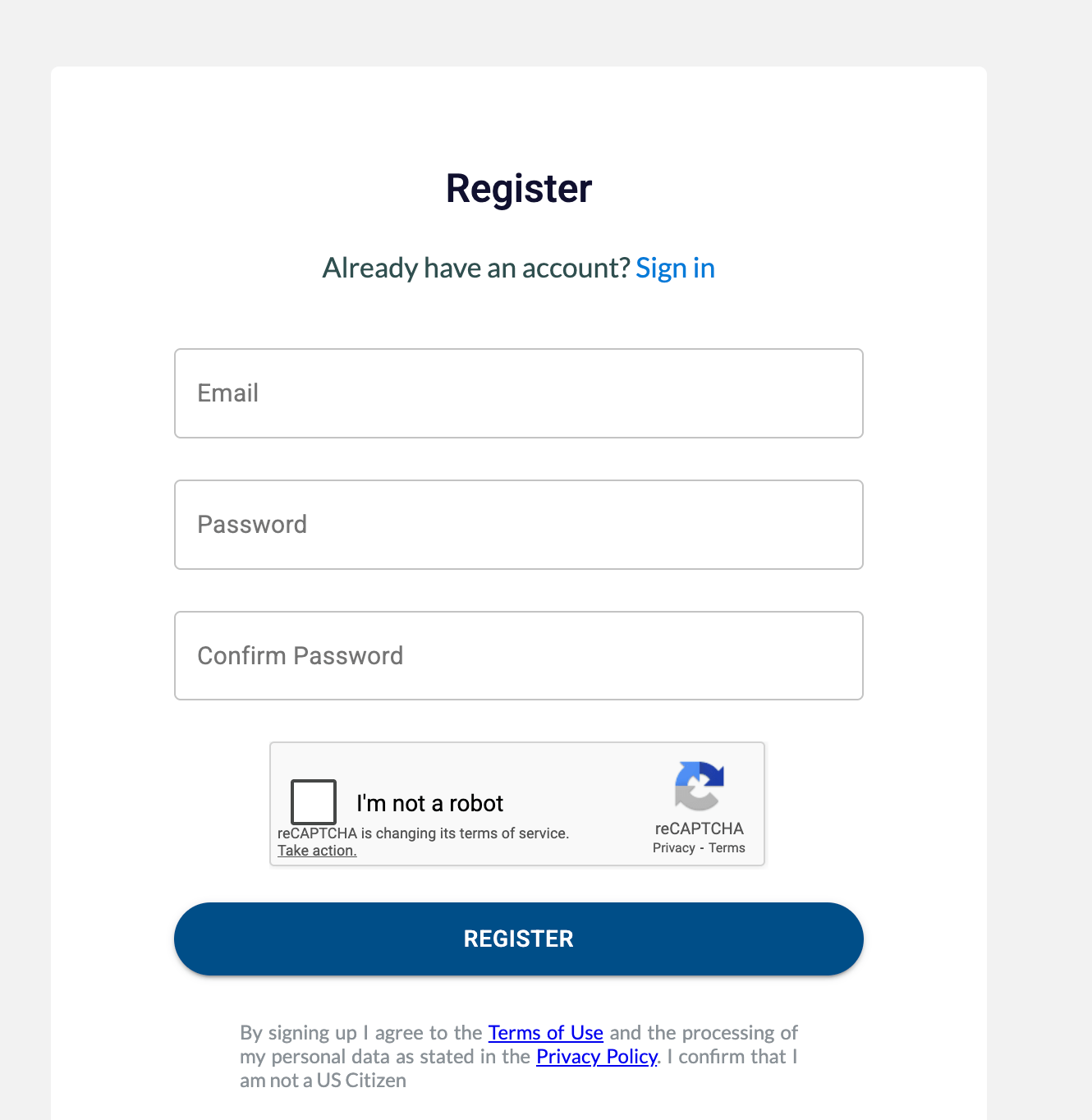
When signing up, you can use my referral code: VV0NT (that’s a zero). I get a small portion of your trading fees for life. You can find the full details here: Referral rewards.
Step 2: Fund your account
You can fund your CapeCrypto account either by depositing rands and buying Bitcoin, or by sending Bitcoin directly on-chain from another wallet or exchange.
If you’re sending Bitcoin, just copy your CapeCrypto Bitcoin deposit address and paste it into the withdrawal field on the platform you’re sending from.
Once the transaction confirms, your Bitcoin will appear in your CapeCrypto account, ready to withdraw over Lightning.
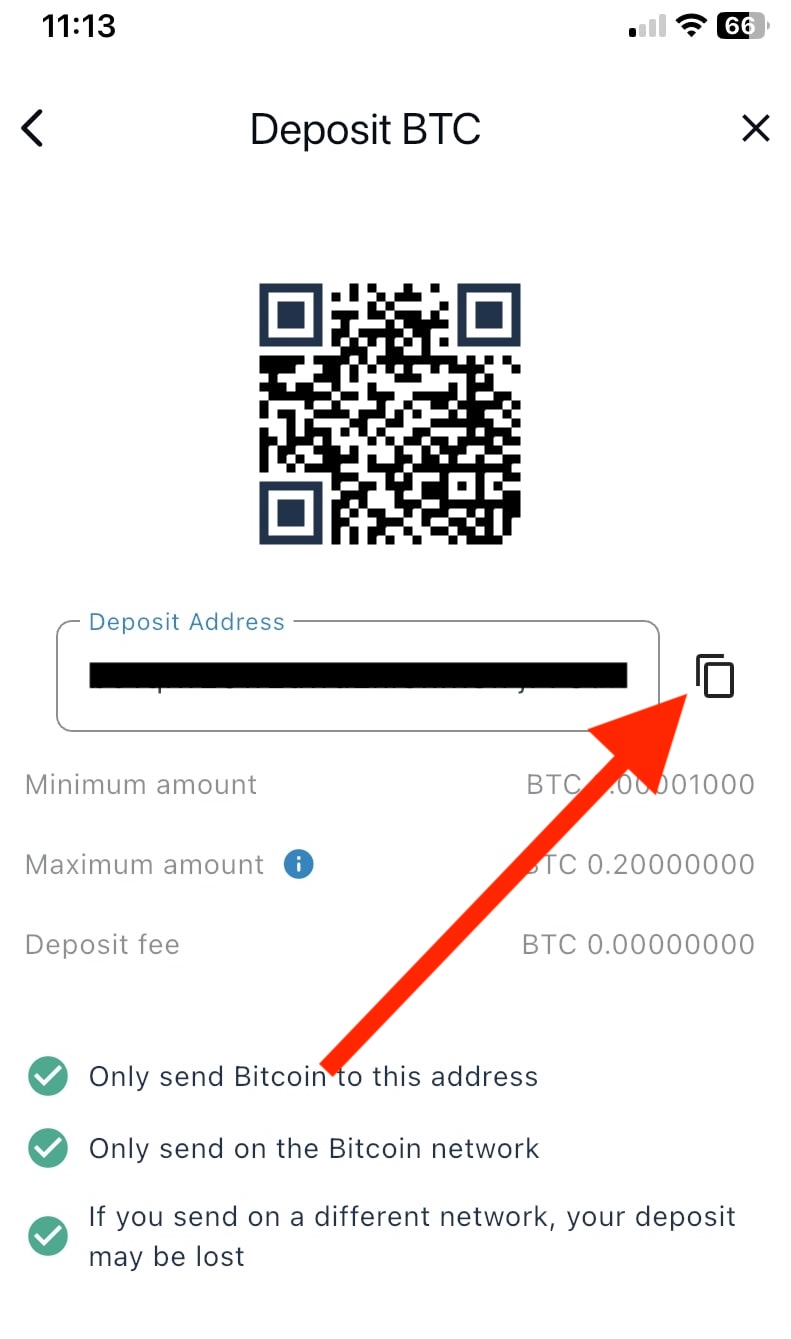
Step 3: Create a Lightning Invoice
A lightning invoice is simply a payment request used on the Bitcoin Lightning Network. To create one, you’ll need a Lightning wallet like Wallet of Satoshi, Phoenix, Blink, Aqua, Strike or Blitz. Here’s the process to follow if you’re using Blink (my personal favourite lightning wallet):
- Open the app, click the hamburger menu at the top right, and select Point of Sale under Ways to get paid.
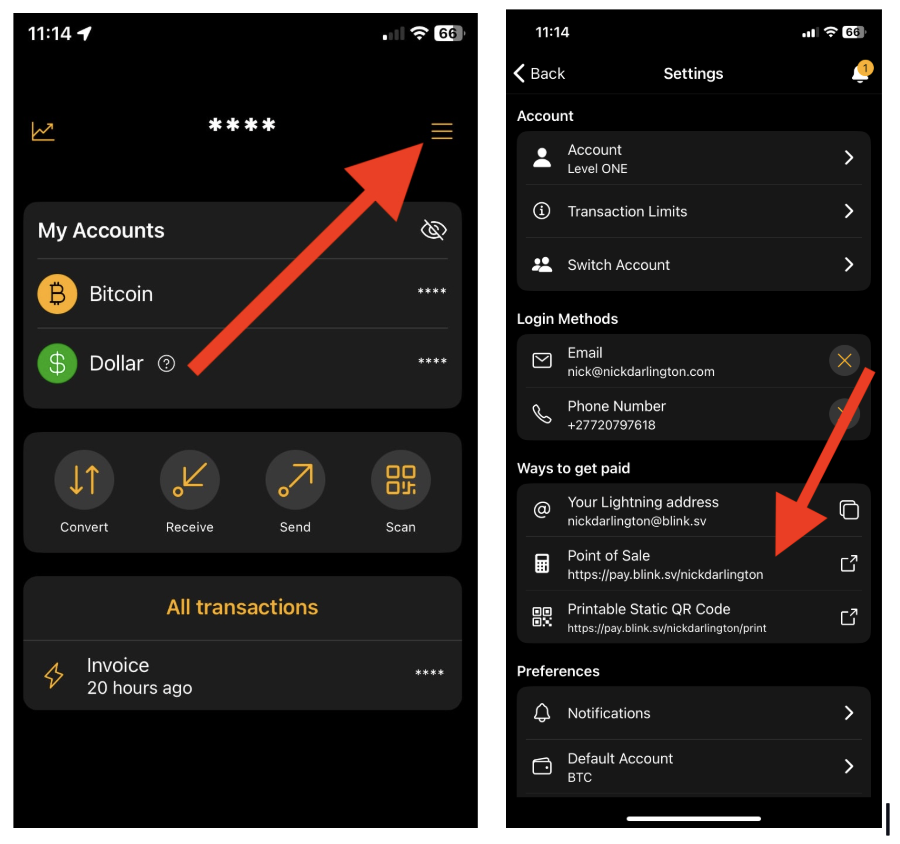
- You will now see this screen below.
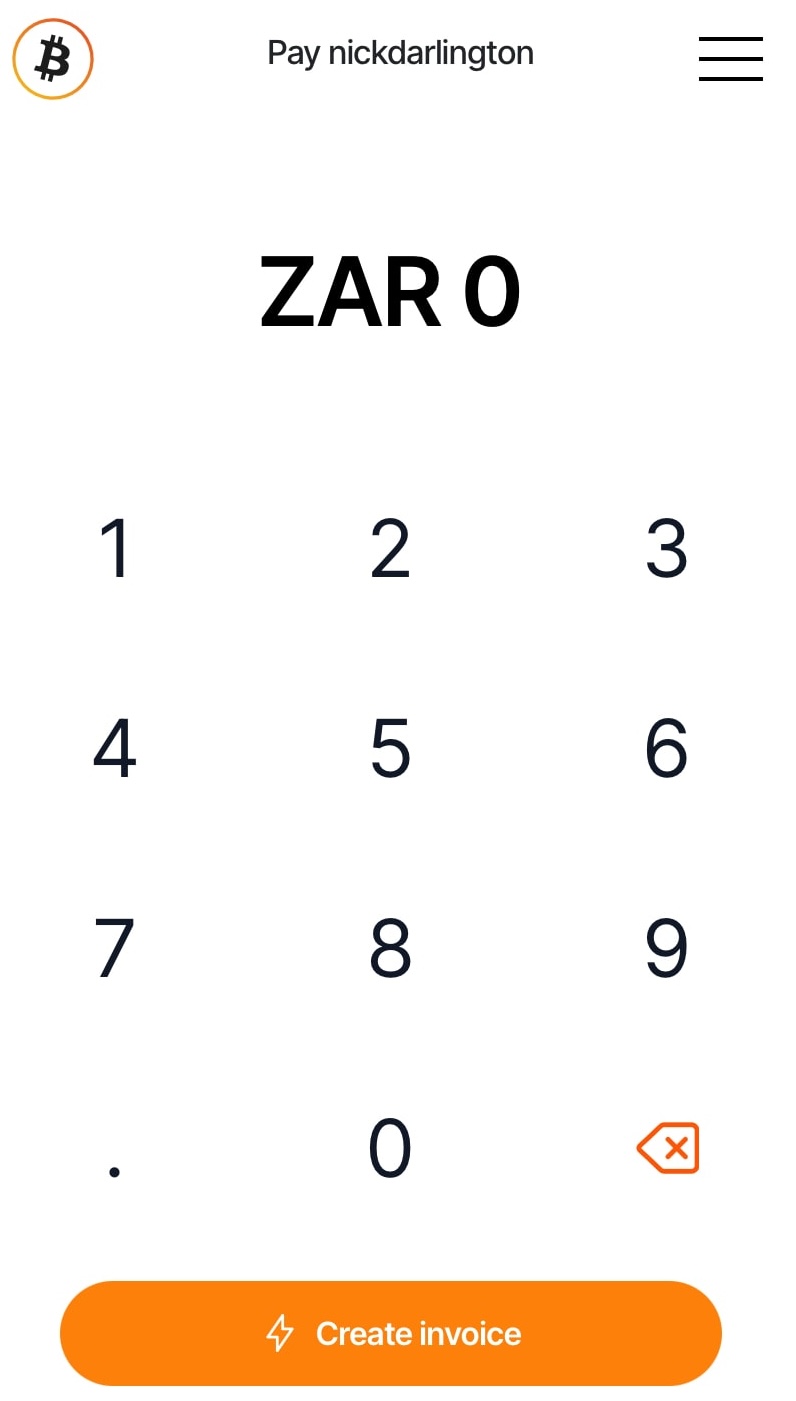
- At this point, set your currency to rands if it’s still in dollars by choosing the hamburger menu and selecting ZAR under Currency.
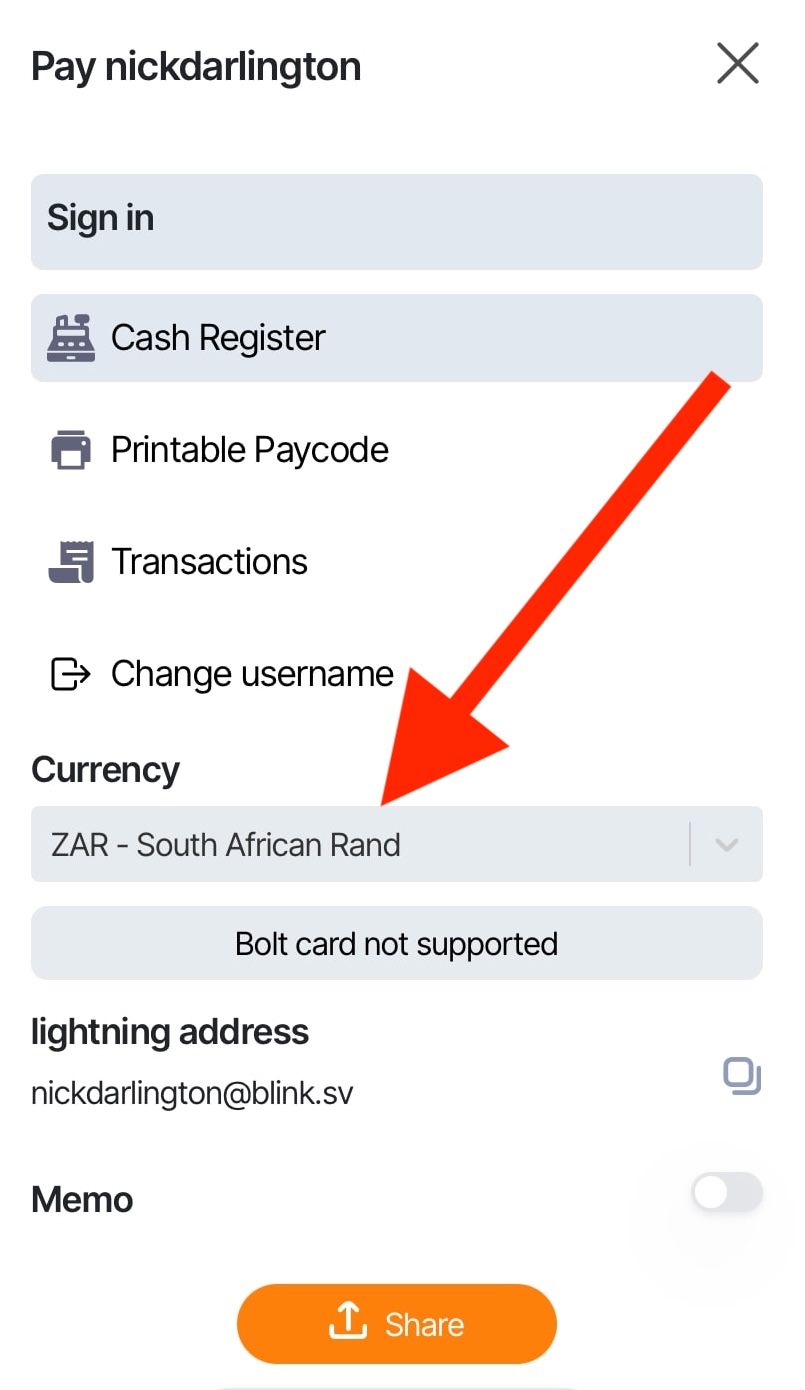
- Then, enter the rand amount of the invoice and select Create Invoice. (Tip: Make the invoice amount slightly less than your CapeCrypto balance to account for fees.) For example, I had R967 worth of Bitcoin but created a Lightning invoice for R950, and I was left with R7 in my account afterwards.
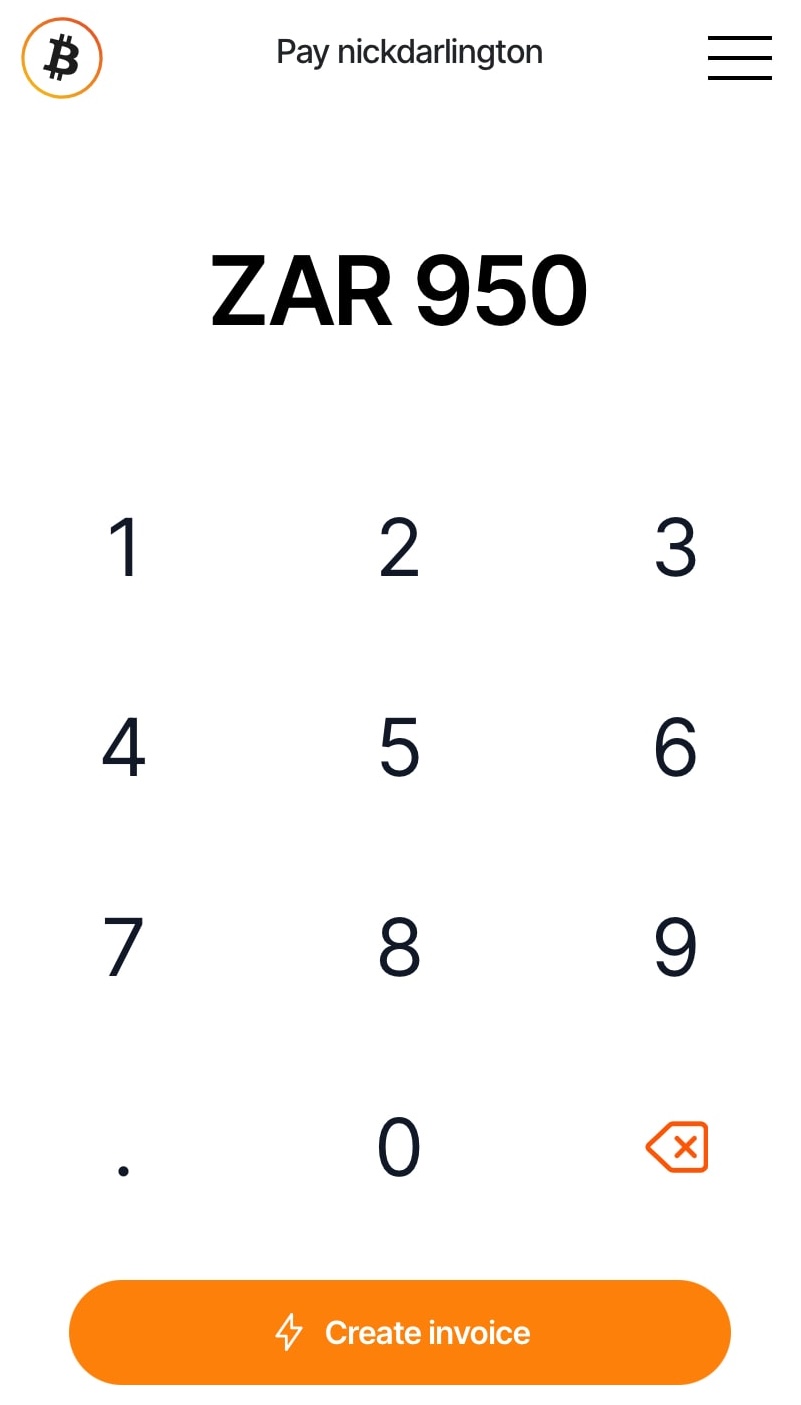
- You now have a Lightning invoice, which you'll copy and keep handy for the next step.
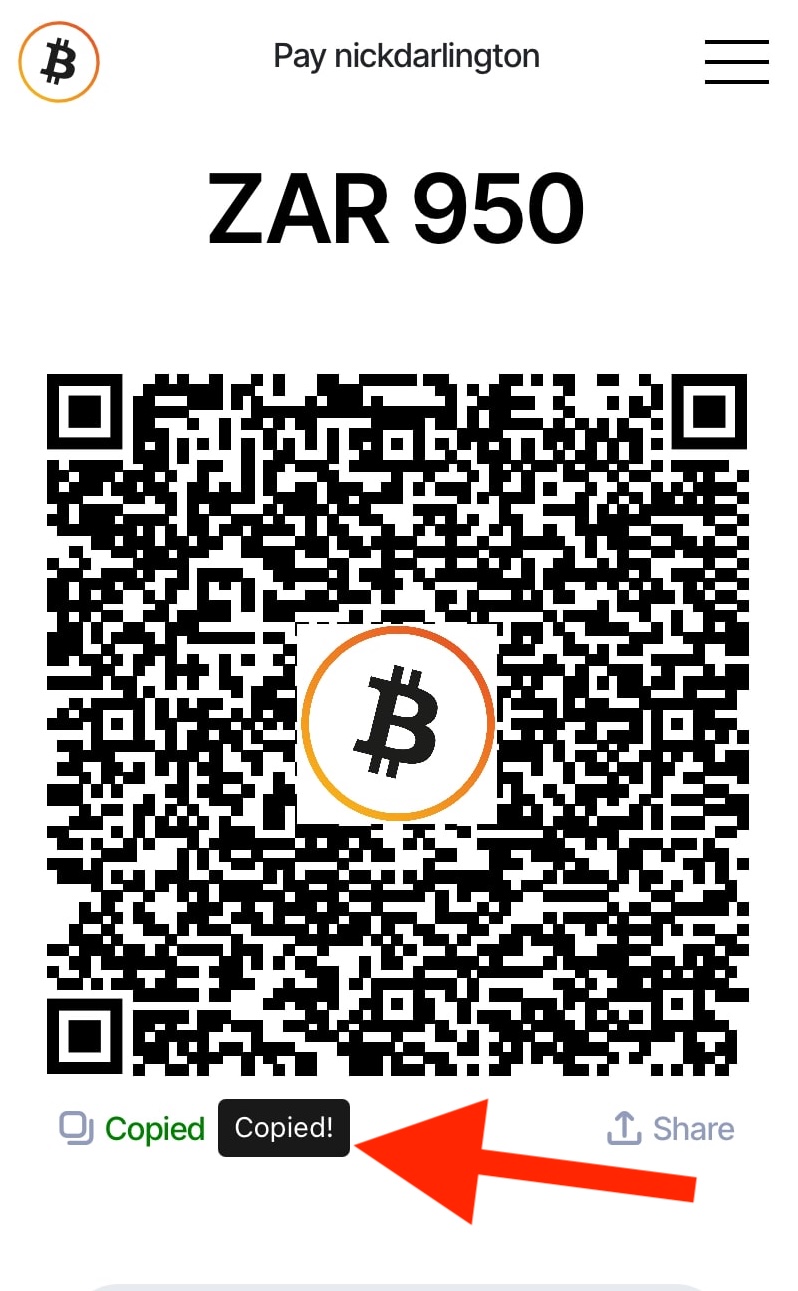
Step 4: Pay the Lightning Invoice in CapeCrypto
- In CapeCrypto, select your Bitcoin wallet → Withdraw → Bitcoin Lightning.
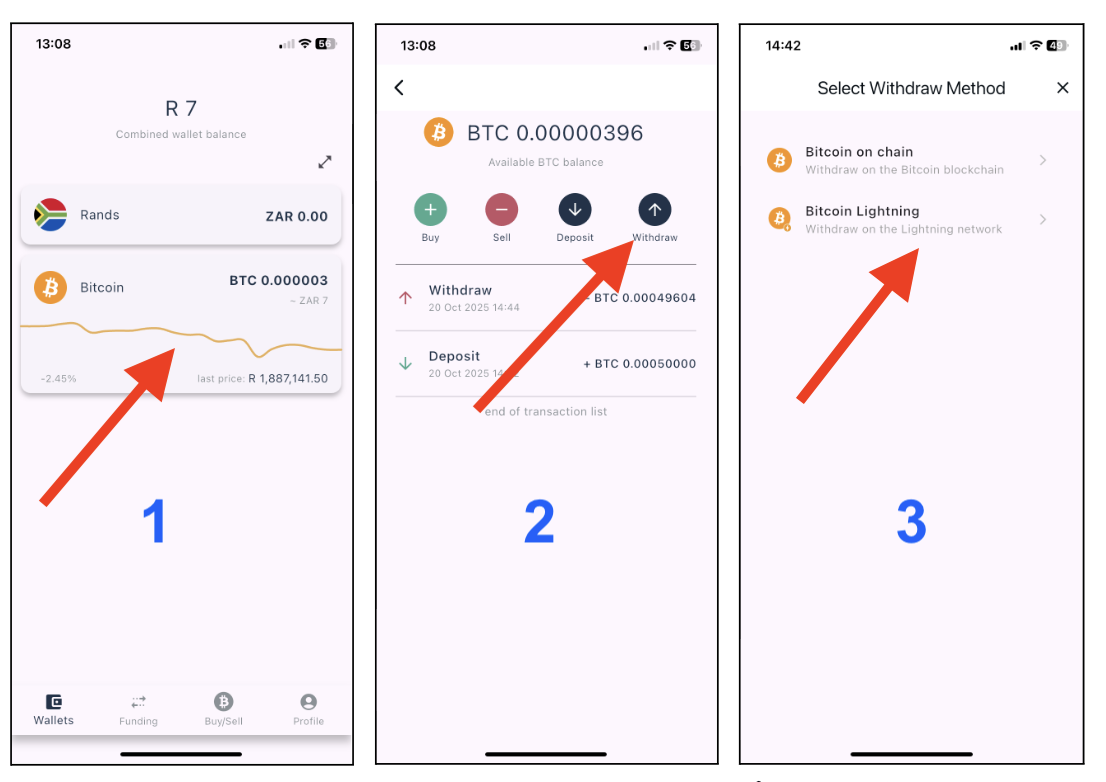
- Paste that invoice code you copied into the field just below Lightning Invoice, select Continue, and follow the prompts to confirm.
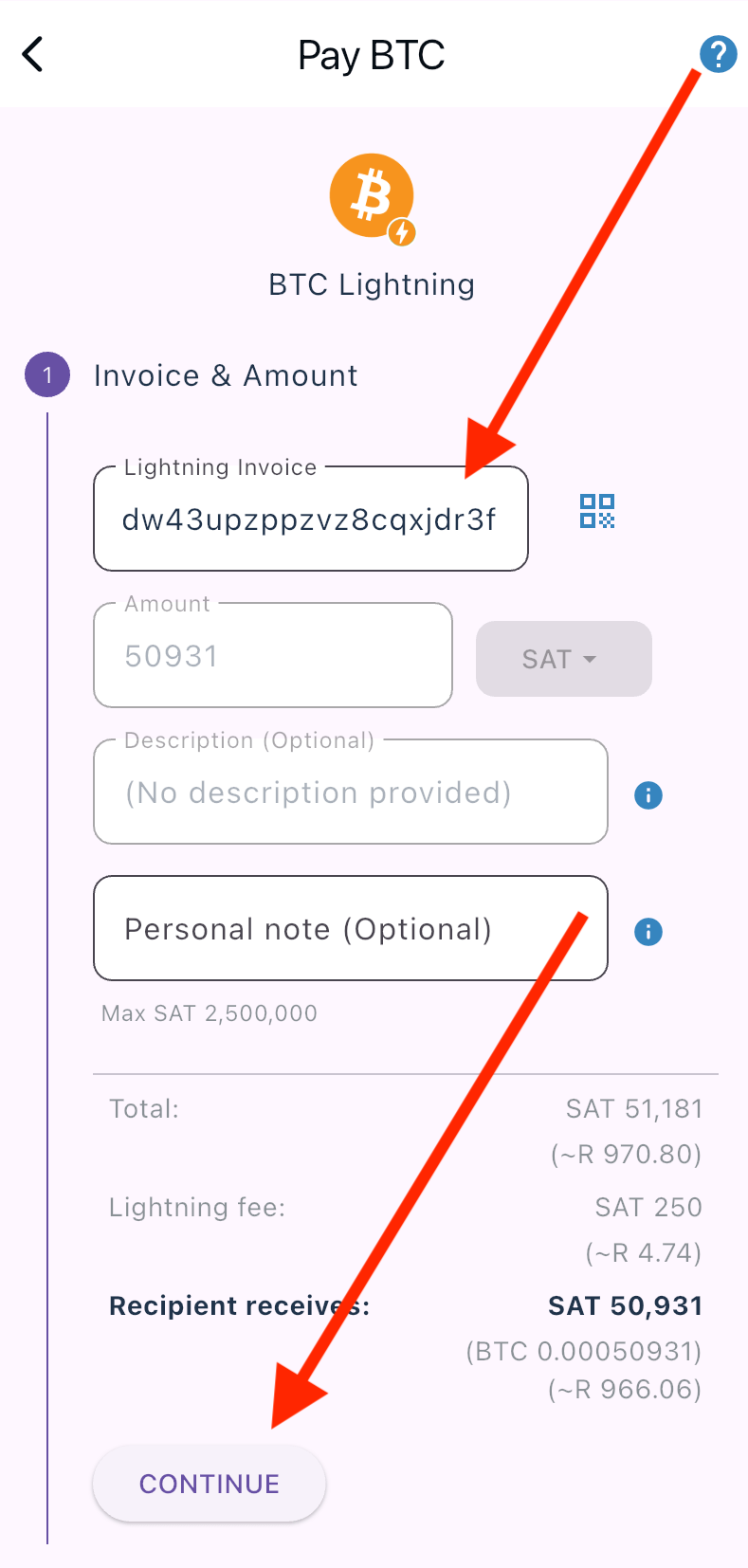
- Payment will complete in seconds in CapeCrypto, and the funds will appear in your Lightning Wallet. If it fails, it’s probably because you don’t have enough Bitcoin to cover the transaction. Again, ensure your invoice amount is slightly lower to account for fees.
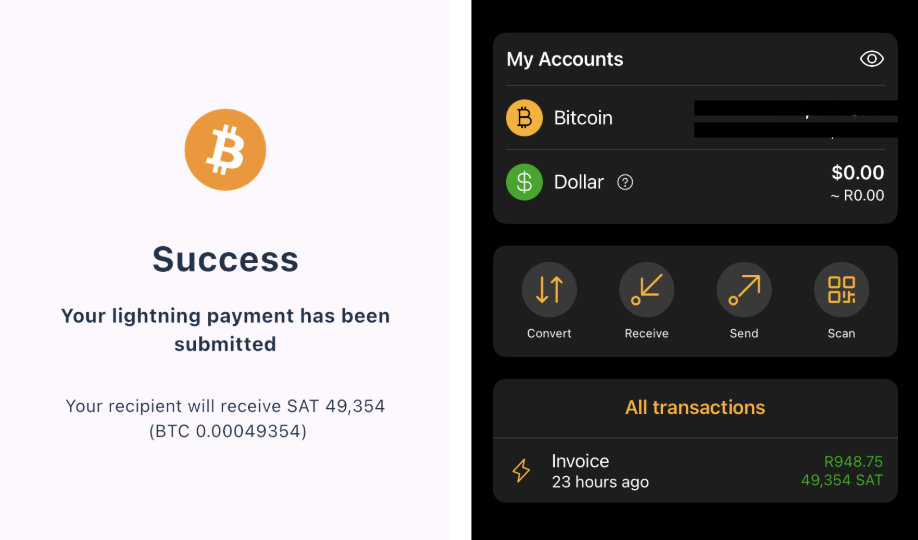
Note: you can also copy the POS code found under Ways to get paid in your Blink wallet, paste it into your laptop browser, and then, inside CapeCrypto, simply scan the QR code.
Getting Bitcoin onto the Lightning Network with CapeCrypto takes a few minutes the first time, but once you’ve done it once, it becomes easier. You’ll have Lightning liquidity ready to spend anywhere in South Africa that accepts Bitcoin.
P.S. If you’d like to support my work, you can donate directly using the Bitcoin Lightning button below or send sats to nickdarlington@blink.sv from any Lightning wallet.
